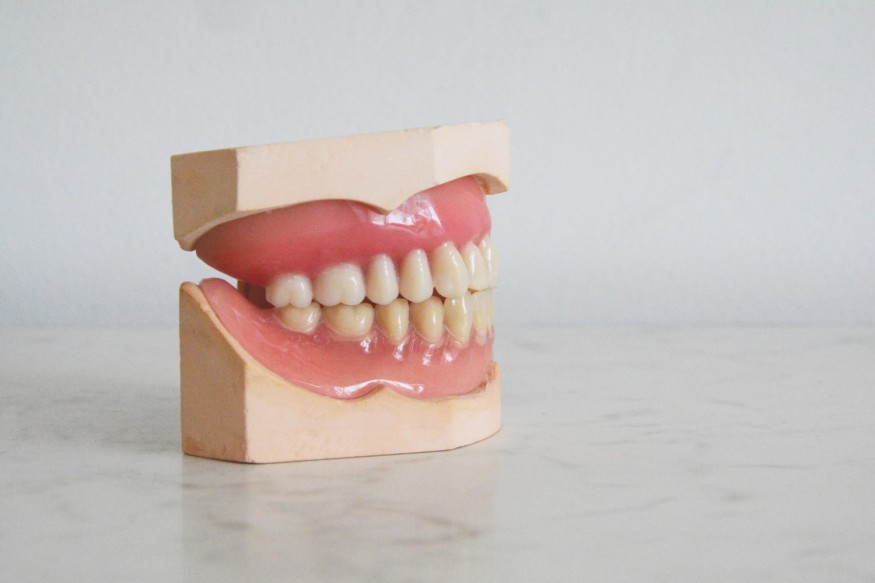A complete mapping of single cells that constitute the human teeth provides new perspective and insight and offers new opportunities for cell-based, therapeutic dental methods.
Researchers from the University of Zurich came up with the first-ever single-cell atlas of the human teeth, presenting unprecedented findings, including how the structures of the periodontium and dental pulp differ enormously. Utilizing cutting-edge, single-cell sequencing technology, the researchers identified every single cell comprised of the periodontium and the dental pulp.
In the last decades, dental research drew many scientists to work on relevant aspects that involve a mix of tissue and cell engineering, offering new insights and ideas on how the dental practice could be enhanced. Healing injured tissues and organs, regeneration of tissues, and creating protocols for stem cell treatments are some areas faced by research groups.
Single-Cell Atlas Offers Unprecedented View of the Teeth
This study, "A single-cell atlas of human teeth," offers a first-ever view on how the tissues are made up and how they are dependent on bacterially connected, tooth-specific pathologies, which include caries and periodontitis. The periodontium and dental pulp carry stem cells that have immense regenerative potential, researchers said.
Findings pinpointed significant cellular heterogeneity in the periodontium and dental pulp. Surprisingly, the researchers discovered that molecular signatures of stem cells were alike. The study likewise showed that there are major functional differences in the stem cells in some areas in the tooth due to their distinctive microenvironment.

The research proved the intricacy of dental tissues and contributed greatly to understanding human dental tissues' molecular and cellular identity, a Science Daily article said. Single-cell methods would give a clear picture of the interactions of the periodontal and dental pulp cells in the immune responses to bacteria. With this, single-cell diagnosis can be used for the early detection of dental diseases.
Findings Could Lead to Innovative Tooth Therapies
Such advances can also spur other therapies, such as regenerating damaged tooth parts and having accurate diagnostic tools in dental pathologies.
A previous study by Karolinska Institutet, the Medical University of Vienna, and Harvard University showed that discoveries on the cellular composition and development of teeth could hasten progress in regenerative dentistry and treatment of tooth sensitivity.
Utilizing a single-cell RNA sequencing approach and genetic tracing, the researchers have recognized and classified cell populations in mouse teeth and in young and adult human teeth, a Dentistry Today report said.
Researchers distinguished routes of odontoblasts that give rise to dentin and ameloblasts, which produce the enamel. They also saw how cell types and tooth layers could be involved in tooth sensitivity.
Their findings also clarify complex aspects of the teeth' immune system as they give insight into the creation of tooth enamel. They said their work would form the basis of new methods for future dentistry, expediting in the field of regenerative dentistry.
Check out more news and information on Teeth on Science Times.












